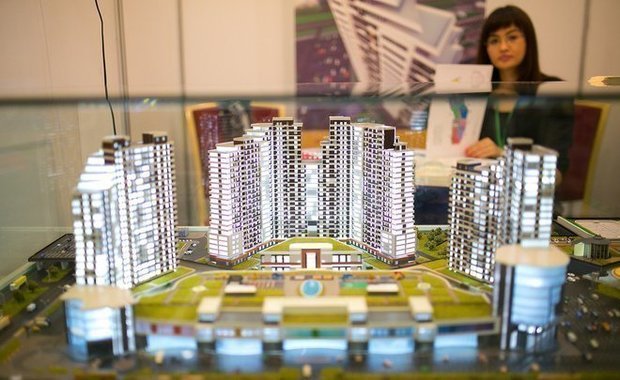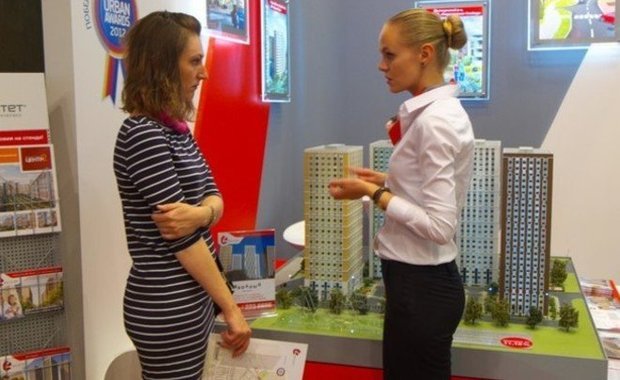Will mortgage bubble burst like in 2008 crisis?
Marat Gallyamov, director of Etazhi-Kazan Real Estate Agency, included in the federal chain of real estate agents, shares his opinion about the situation in the realty market in Russia especially for Realnoe Vremya's readers. He particularly gives the pros and cons of the possible burst of the realty market due to actively granted mortgages.
Up for grabs
An active growth of house loan in the country is more often becoming a topic for discussion about a possible repetition of the mortgage bubble in 2008-2009 in the realty market. If the bubble bursts, the same consequences of the crisis that happened in the United States in 2008 expected our country. In our column, we want to talk about real and false fears and risks linked with the current situation in the mortgage segment.
The statistics published by the Agency for Housing Mortgage Lending became one of the reasons for panic among analysts. According to it, mortgage, which, we will remind, fell to record 9,5% on average in the country by end of the year and to 10,5% in Tatarstan, was 14% at the beginning of the year caused a growing demand for a mortgage in 2017.
A further fall in mortgage interest rate to 7% is expected by the end of this year. And we also forecast that Tatarstan banks will grant mortgages at about 50 billion rubles, which will become 8 billion rubles more than expected results in 2017. Speaking about the situation in the country, representatives of the Agency for Housing Mortgage Lending says that ''those who want to change a dwelling will take out loans approximately 1,5 times more during a record fall of rates in 2018 already – both in quantitative and monetary terms. We're talking about 1,6 million loans for 2,8 trillion rubles''. And these data really make think about the possible repetition of the situation in 2008.

A further fall of mortgage interest rate to 7% is expected by the end of this year. And we also forecast that Tatarstan banks will grant mortgages at about 50 billion rubles
Stalled prices
The first argument not in favour of the repetition of the 10-year-old scenario is that the forecasted growth of mortgages is probably overestimated: citizens vividly turn to mortgages when realty prices start to go up. In the Russian market, the cost per square metre has been reducing since 2014 in ruble terms and rapidly falling in dollars. The reverse situation was in the States: there was a fast growth of realty prices for 10 years down 2007 from 1997 when, in fact, Fannie Mae and Freddie Mac burst and the classic credit bubble started to shrink. In Russia, this is not topical now, and it's unlikely to be so in the next 5 years. If we compare the volume of mortgages that were granted with GDP, nowadays this indicator in the USA is about 60%, while in our country it's more than 5%.
Secondly, any person who wanted, including the citizens who didn't have the first instalment could take out a mortgage in America before 2008. Nobody checked the solvency of the candidates for a mortgage, which also served a reason to increase the number of borrowers to record indicators. Almost every American who wanted to purchase a dwelling turned to a mortgage.

''In the Russian market, the cost per square metre has been reducing since 2014 in ruble terms and rapidly falling in dollars''
Russia is a completely different story…
We see another situation in our country: a federal programme is about to be launched. According to it, a potential dwelling purchasers must have 20% of its market price. Nowadays an increased risk ratio – 150% — is defined for loans with the initial instalment of less than 20%. The ratio is 200% for less than 10%. According to banks' information, now the share of such borrowers already accounts for 5-6% of the total number of requests.
The novelties that oblige purchasers to take out a mortgage with some initial instalment in the pocket came from the lesson that credit organisations learnt during the last crisis.
At last, the regulator says that the number of our compatriots who have a possibility to pay off their loans beforehand is bigger. According to the Central Bank, 286,8 billion rubles of mortgages were paid off beforehand as from 1 July 2017, while borrowers paid 223,7 billion rubles in advance as from 1 July 2016. In 2015, this indicator was equal to 162 billion rubles, in 2014, it made up 154,6 billion rubles.

''The novelties that oblige purchasers take out a mortgage with some initial instalment in the pocket came from the lesson that credit organisations learnt during the last crisis. '' Photo: Dmitry Schipanov
The current situation in the mortgage segment will clearly affect the further growth of consumers' activity in the realty market. But we hurry to exclude the direct threat of a bubble, which many people faced in 2008. All loans are secured, and extra payment on a loan is quite low in comparison with a couple of years ago thanks to the reduced mortgage interest rate and novelties about the 20% initial instalment. Our citizens are likely to take advantage of the market to solve their housing problems.